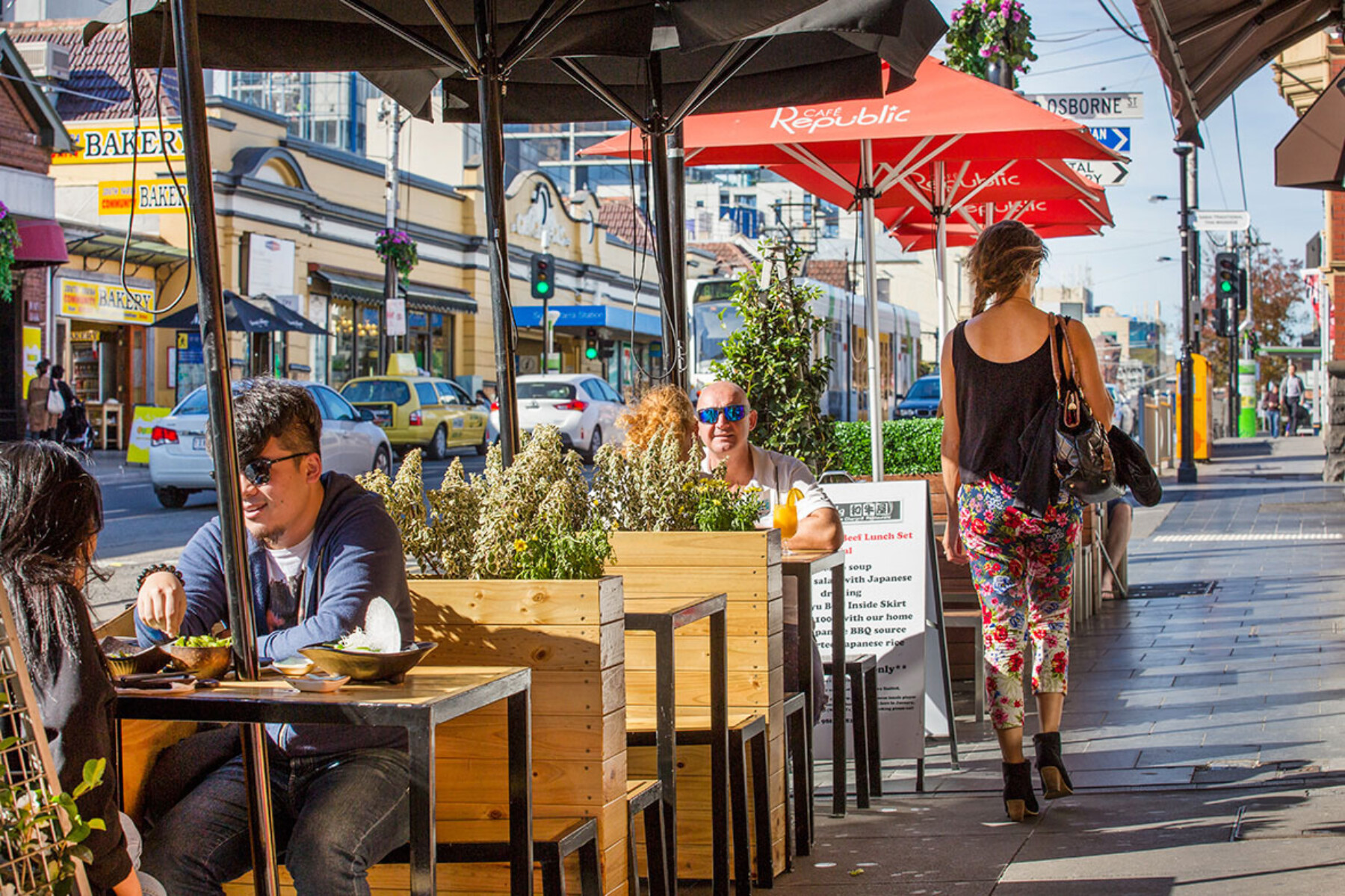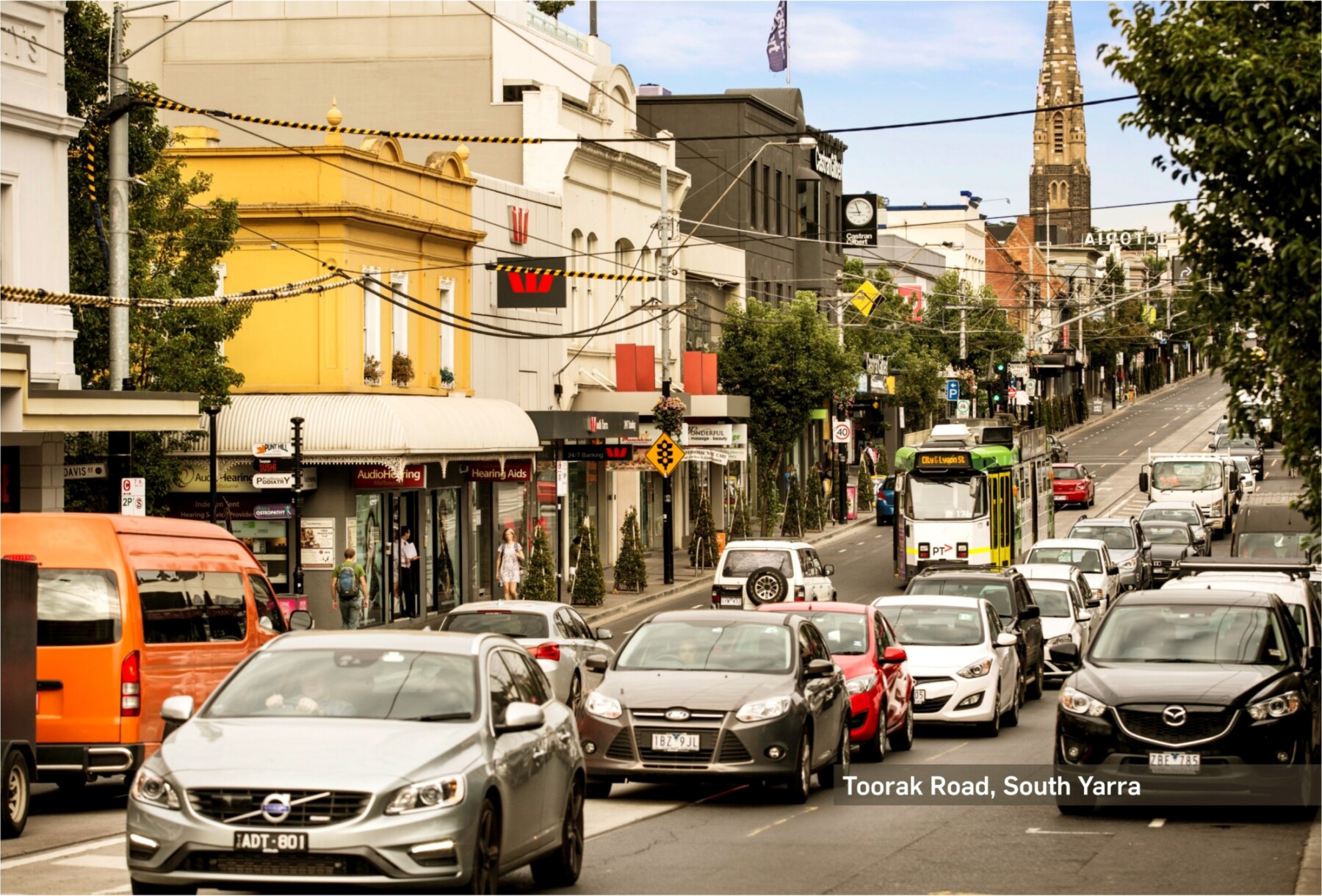Fitzroys has sold more than $16 million worth of prime shopping strip retail assets on Toorak Road in a three-month period. The tally includes the sale of 109-111 Toorak Road for $6.23 million, on a 3.2% passing yield; 107 Toorak Road on a 2.87% yield, and the 2023 benchmark sale of 416 Toorak Road, Toorak, at an incredibly low 1.8% net yield - likely the lowest paid for a fully-leased, pure investment play in Melbourne’s shopping strips in 2023.
“We have more evidence that higher interest rates clearly aren’t deterring investors from pursuing high-quality opportunities. The November rate hike might have distracted parts of the economy but we continue to see blue-chip locations stand up despite challenging sentiment,” Talbot said.
“Prime assets in Melbourne’s shopping strips offer excellent investment credentials. The strips are experiencing a real period of renewal at the moment. Vacancies are at long-term lows as Melburnians spend more time than ever at their local villages, supporting trade, while developments on and around the strips are underpinning future trade prospects.
“We’ll continue to see investors put their faith in high-quality income-producing bricks-and-mortar assets.
“Across the broader market, the realignment we’re seeing means more investors starting to look for yields closer to 4%. We’ll see more yields in that range in 2024; we’ll still see the sharper yields at around 3%, but buyers will be stacking these up against seeing alternative income vehicles given the current bank deposit rates and a rising equities market.”
Talbot said, “Interest rates and inflation will be watched very closely. We’re likely to see interest rates level this year, with the potential for a cut later this year.
“Investors still often look at strip investments as a long-term play – looking at 20 and 30-year generational investments, knowing that there will be both bumps and better times along the way. They’re happy to ride a lot of those out.”
Economists are broadly predicting interest rates to be at or very close to their peak, with a period of wider stability forecast into the second half of 2024. The Federal Government’s Mid-Year Economic and Fiscal Outlook showed inflation is expected to fall to 3.75% in the 2024 financial year, then to 2.75% in the second half of calendar 2024 and into 2025, and then 2.5% in the following two years - the middle of the Reserve Bank of Australia’s target range of 2% to 3%. Talbot said the most recent data from the Australian Bureau of Statistics showed inflation had come down to 4.3% in November, its lowest level in almost two years. Predicted further falls in inflation will concurrently see the RBA begin to bring the official cash rate back down into 2025 and 2026.
Melbourne’s shopping strip market continues to attract local investors, investors from across the country, and overseas-based and -backed investors, particularly from Asia.
Talbot said another key question facing the market would be the impact of the State Government’s changes to the commercial and industrial property tax. From 1 July this year, commercial and industrial properties will transition to the new system as they are sold, with the annual property tax to be payable from 10 years after the initial transaction. Buyers have the option to the property’s stamp duty in one lump sum, or over a 10-year period. Stamp duty will not be payable on future transactions of the property. The annual property tax for commercial and industrial property will then be 1% of the property’s unimproved land value, separate from and in addition to the existing land tax system. No stamp duty will be payable on any future transaction while the property is used for commercial or industrial purposes.

